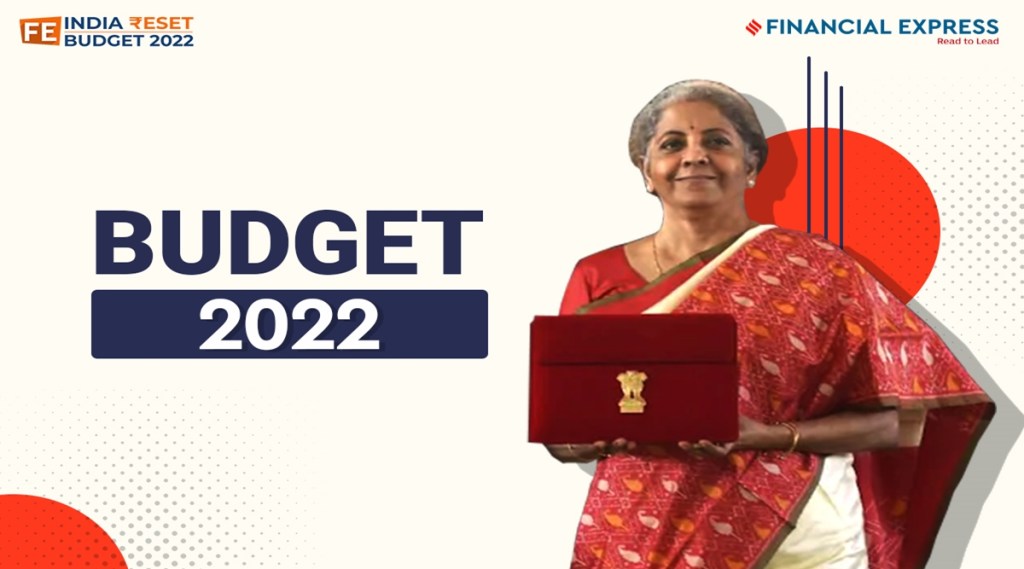India’s central government is relatively small, even allowing for the country’s level of income and development. That feature is particularly apparent on the revenue side, and taxes provide revenue that is far short of expenditure—reporting the fiscal deficit as a percentage of GDP tends to mask this imbalance. This means that every rupee the government spends should be made to matter. Of course, historically, government has played an outsized role in India’s economy, through discretionary policies and many controls. So, the Budget used to be an opportunity for the government to micromanage the economy, with numerous tweaks and signals of intent. Thankfully, especially in recent years, that approach has started to fade away, and this year’s Budget seems to follow that trend.
One can think of the central government Budget as influencing macroeconomic stability, economic growth and distribution. This year marks the beginning of a return to a more normal situation, as the pandemic finally recedes. The new Budget seems to do a reasonable job of setting the target for the fiscal deficit, with a small amount of consolidation. Despite inflation still being somewhat high, macroeconomic stability does not seem to be in any danger. Buoyant tax revenues, reflecting both a recovery from the pandemic-induced disruptions and the benefits of the new GST structure taking hold, mean that the deficit target is realistic rather than aspirational. Less rosy, though, is the increased share of expenditure that has to go to interest payments, because of pandemic-related spending. This leaves less, of course, for productive expenditures.
The headline feature of the Budget has been the substantial increase planned in public capital expenditure, in particular for infrastructure. This is welcome. As long as the spending is done efficiently and quickly (not an easy combination), it can provide a jump start for the economy, and put it on a higher growth path. Depending on the various spillovers and multipliers, this increase could stimulate private investment, and job creation (at least in some sectors). Continued efforts to stimulate manufacturing growth, and a redesign of Special Export Zones also promise to complement the increase in infrastructure spending.
Of course, there is a tradeoff, and there are concerns about inadequate support for those at the very bottom rungs of the economic ladder. The evidence suggests that spending on employment guarantee schemes, nutrition, health and education may still be inadequate, as those at the bottom are far from a full recovery from the pandemic. So, out of the three government objectives that the Budget influences, distribution may be the one that is least well addressed. It is true that this government has been paying more attention than its predecessors to delivering on basics like affordable housing and piped water, but these will not make an immediate difference, so temporary income supports might have been given more weight this year.
After the debacle of the farm Bills, there is no real attention to agricultural reform, including a rethinking of the foodgrain procurement system, but perhaps this is best left to a collaborative approach involving the states, which would in any case have been the right approach for the aborted agricultural marketing reforms. It is worth noting, however, that policy reforms to save water in agriculture are vital, not only to avoid environmental disaster, but also to make drinking water available for cities. Water pipes will be useless without regular supply. That issue has plagued attempts to improve sanitation, including toilet building. India has one of the lowest per capita water availabilities in the world, so using water more wisely is critically important.
The Budget has not tinkered too much with the tax system, continuing a move towards simplicity and predictability. Trends towards trade protectionism also seem to have been halted. There is attention to the digital economy, including infrastructure and incentives for start-ups, as well to beginning the long haul towards a greener economy. This latter goal will require much more attention and investment, and it will have to happen sooner rather than later, but the rhetoric and initial policies are in the right direction. However, some environmental experts have pointed out that ecological sustainability might be shortchanged in the focus on reducing greenhouse gas emissions. In fact, neglecting ecosystems may increase the costs of reducing emissions.
Other headlines have focused on the new taxes on digital assets, and the introduction of a digital rupee. There are many other details that have been commented on, and will continue to be analysed, even as the Budget itself is slowly translated into actual plans and spending. One major concern has been whether the balance between consumption and investment is the right one, with demand weak for much of India’s population. A skewed demand pattern is also undesirable, along with deficiencies in restoring capabilities for the bottom half of the population. One matter that doesn’t seem to have received systematic attention is the need to increase household savings and to improve financial intermediation. So, there is scope for further improvement in policy focus and design. But the Budget provides many hopeful signals for India’s economic future.
The author is professor of Economics, University of California, Santa Cruz.


